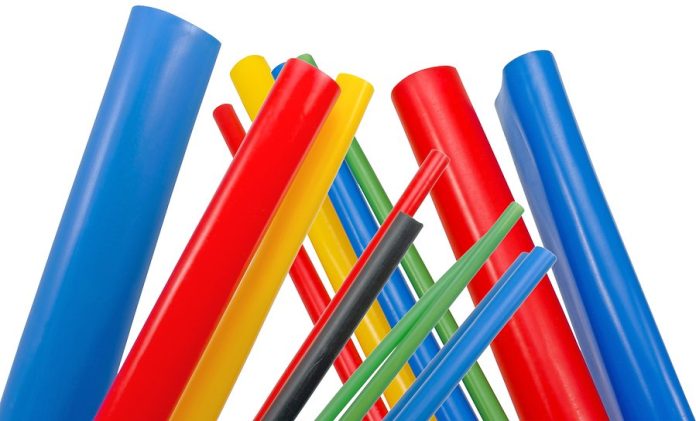What do you think is the best sort of heat shrink for electronic security applications and is there a technique that allows shrink to be shrunk outside when there’s wind?
Some heat shrinks are better than others. Taking construction material out of the equation, there are 3 different types; thin wall, dual wall (thin wall with an adhesive) and heavy wall with a sealant.
Thin wall heat shrink provides insulation against shorts but zero in the way of weatherproofing. Use thin wall internally where things are always going to be nice and dry. The way dual wall and heavy wall types work is that the adhesive is forced out the ends of shrink on application. Once squeezed out, the adhesive dries and creates an excellent barrier to moisture.
If you only need weatherproofing, go for the dual wall shrinks. If your environment is on a pole, in the wind, chafing will be an issue, so go for the heavy wall varieties. In applications where there will be any load on the cable, the same applies.
Heat shrinking on a windy day is extremely difficult. Do what you can to create a wind break but don’t expect perfect results. And don’t be tempted to put the heat gun too close to the conductor – you’ll melt the cable jacket.
Heat shrinks can be made of PVC, Polyolefin, PTFE (Polytetrafluoroethylene), FEP (Fluorinated ethylene propylene), PVDF (polyvinylidene difluoride), elastomers, Silicon rubber, and Viton.
We’d recommend using Polyolefin heat shrinks – they are a bit more expensive than PVC. Use a 3:1 shrink ratio to completely encase joins. Polyolefin shrinks at around 100C and can withstands temperatures of around 130C – it’s not that large a window, so practise.
#securityelectronicsandnetworks.com












